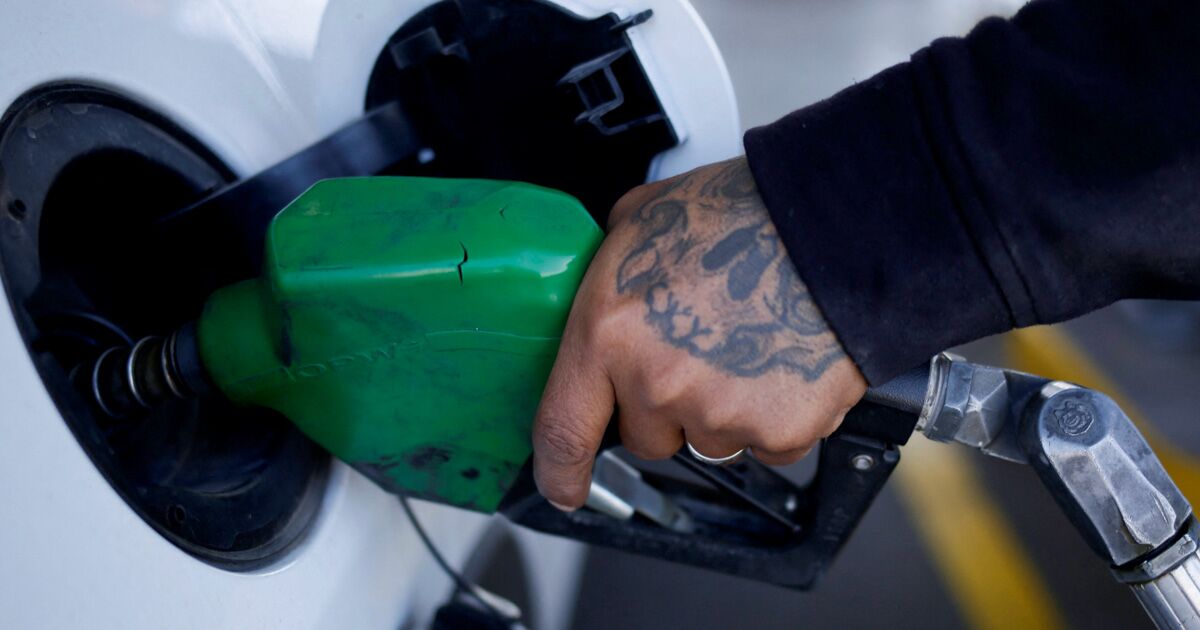He explained that the public sector can subsidize the price of gasoline in a “sustained manner as long as public spending allows it; at the moment that there is no longer anything to cut and gasoline remains high, we are probably going to see a release of gasoline”.
With fuel prices on the rise worldwide, due to increased mobility and the conflict between Russia and Ukraine, the Mexican government lowers the IEPS tax burden that is reflected in the final price, and gives incentives to importers and refiners through VAT and ISR.
This represents revenue losses for the public sector, despite the fact that it is receiving more money because the price of the Mexican mix of export crude oil is more expensive than scheduled at the end of 2021; 55.1 dollars, the Treasury adjusted last Friday the estimate for the end of the year to 92.9 dollars per barrel.
“You have additional income because you have oil surpluses, but you are also putting additional subsidies on gasoline that cost you almost everything you are collecting from oil surpluses, and you are stopping collecting IEPS, in such a way that you have 133,000 million pesos that it is costing you to leave if we collect, and put in a subsidy, we could have a crude export surplus of 380,000 million pesos, which would help us a lot, but at the same time the cost of fiscal stimuli is absorbed,” explained Gonzali.
Finally, he considered it positive that, as part of this situation, the government is not considering borrowing more; “It is a line that the government is not willing to cross, which is appreciated, however, it is going to be the capacity of public spending that will be affected.”








